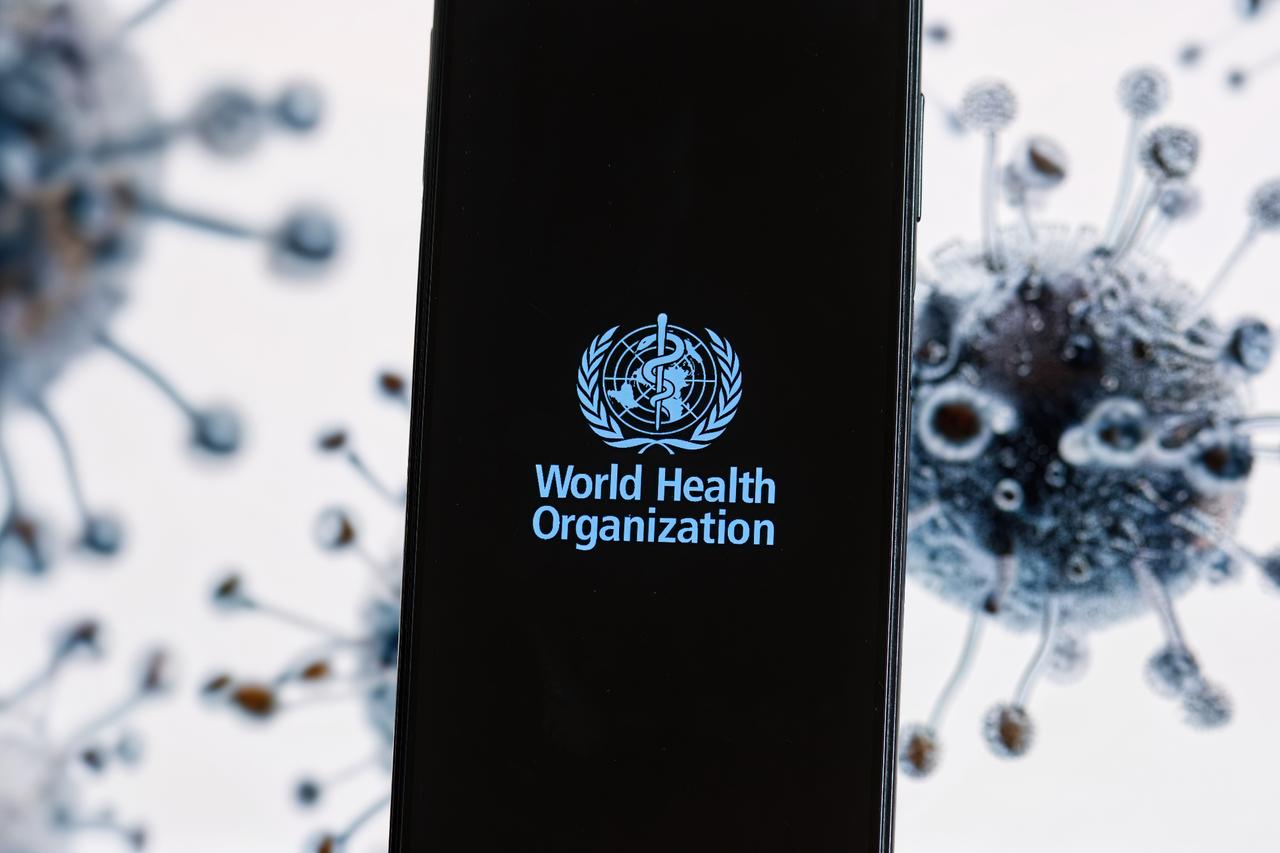
A suspected outbreak of viral hemorrhagic fever in southern Ethiopia has claimed six lives, including two health workers, prompting the World Health Organization (WHO) to send a specialized response team and emergency supplies to the region.
The suspected outbreak emerged in Jinka, a town in the South Omo Zone, where local officials reported several patients showing similar symptoms within a short period.
According to local media, six people died during the episode, among them a doctor and a nurse who had been caring for patients with the same clinical signs. Their deaths raised concerns regarding transmission through close patient contact, which is known to pose a risk during outbreaks of viral hemorrhagic fevers.
The WHO said an 11-member expert team travelled to the area to help strengthen surveillance, laboratory testing, infection-prevention measures, and clinical management. Ethiopian health authorities are also increasing their response efforts, while laboratory tests at the Ethiopia Public Health Institute continue in order to identify the cause of the illness.
In its statement, the WHO noted that it had released $300,000 from its Contingency Fund for Emergencies to support the response. The organization is also providing personal protective equipment, infection-control materials, technical assistance, and a deployable isolation tent to help contain possible transmission.
Officials said the suspected cases were reported in the South Ethiopia Region and that ongoing testing aims to determine whether the illness is linked to a known viral hemorrhagic fever.
Such diseases include Ebola, Marburg, Crimean-Congo hemorrhagic fever, and Lassa fever, all of which can cause symptoms such as fever, fatigue, dizziness, muscle pain, weakness, and exhaustion.